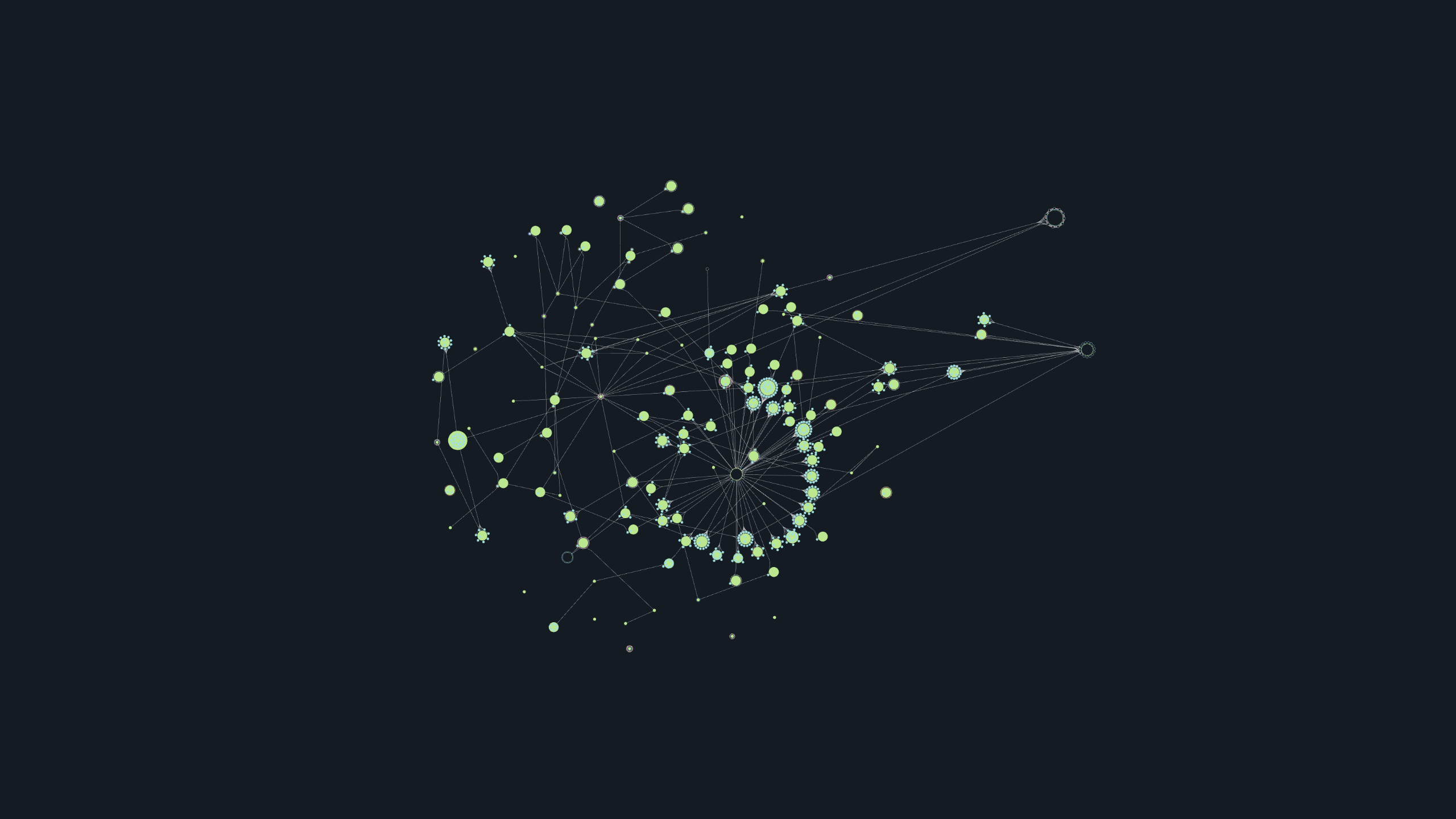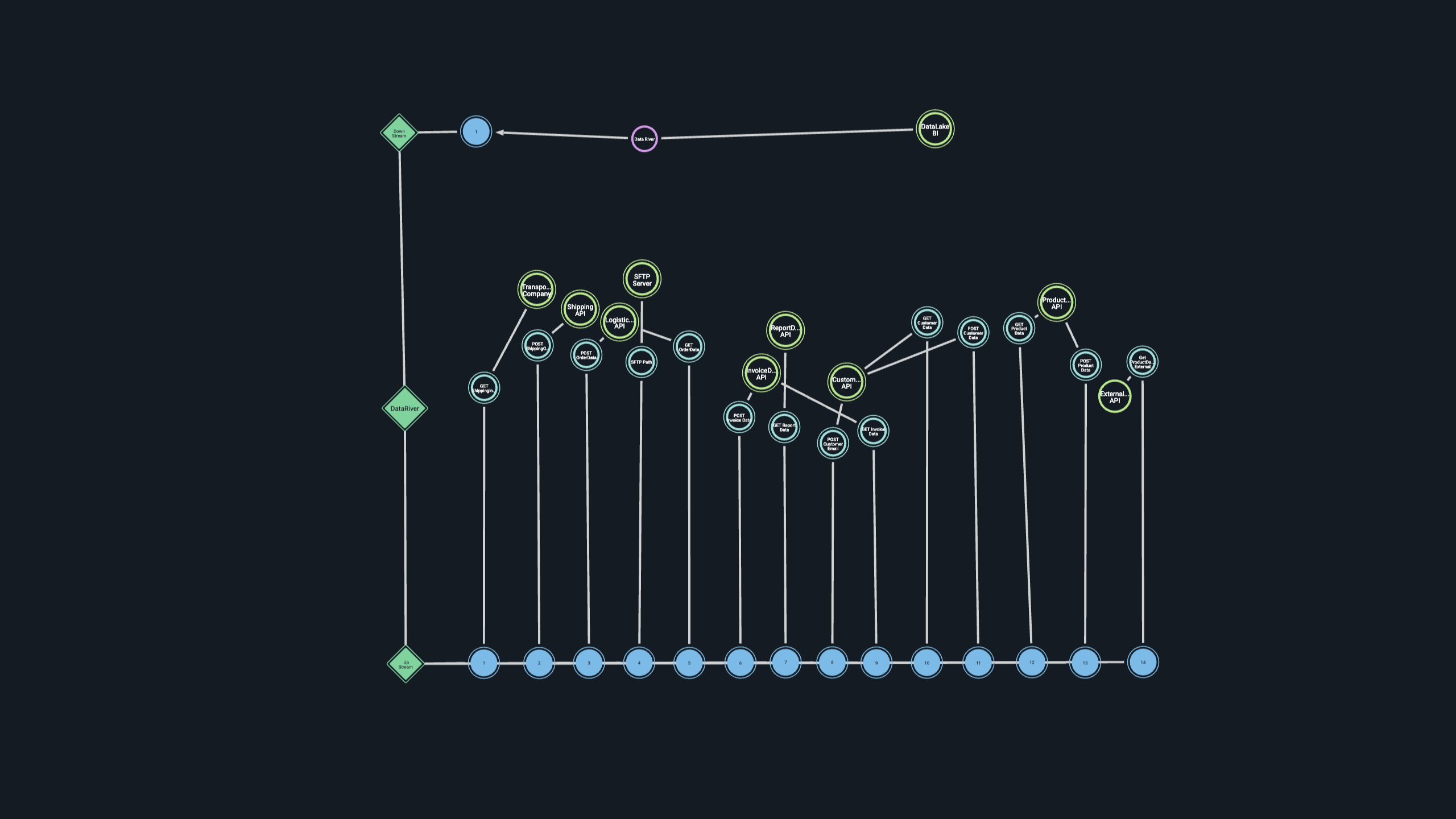The role of data lakes is undergoing a significant transformation. Traditionally viewed as mere repositories for storing vast amounts of data, the modern approach to utilizing data lakes is much more dynamic and strategic, particularly when enhancing Business Intelligence (BI) operations.
The Traditional Data Lake: A Repository, Not a Source
Historically, data lakes have been treated as data sinks — places where data is accumulated from various sources but seldom retrieved for real-time analysis. The common perception was that once data was stored in a data lake, it was not to be disturbed except for predefined reporting and BI tasks. This originated from concerns that the data, often batch-processed from dozens if not hundreds of applications, was too stale for real-time decision-making.

However, a paradigm shift is now reshaping how organizations approach their integration networks. Companies are moving towards real-time data flow systems rather than relying on traditional Extract, Transform, Load (ETL) methods, which often result in delays and outdated information. This shift means that data now travels from creation to data lake in seconds, significantly refreshing the quality and timeliness of the information stored.
Utilizing Data Lakes as Active Databases
With this new approach, data lakes are transitioning from static data repositories to active, operational databases. This shift allows for implementing RESTful operations directly over the data lake, transforming it into a highly responsive and scalable data management system. Such capabilities enable organizations to store data and interact with it dynamically to drive real-time business intelligence and analytics.

Implementing Advanced Data Strategies
Organizations can gather and compile data more effectively by accessing multiple data sources, including real-time streams from a data lake. The ability to tap into a centrally managed yet highly accessible data lake allows for more robust and scalable integration of data sources, facilitating more comprehensive and agile BI solutions.
The Impact on Business Intelligence
For BI teams, the implications of these advancements are profound. Instead of pulling outdated data for analysis, BI professionals can now access the most current data streams, enabling more accurate and timely insights. This capability enhances the quality of business decisions and supports more sophisticated analytics, such as predictive modeling and real-time analytics.
Moreover, integrating real-time data flows helps bridge the gap between different data domains within an organization, fostering better collaboration and data sharing among departments. As data flows become more integrated and responsive, the entire organization benefits from a more unified and agile approach to data management.
-1.png?width=800&height=450&name=starlify-network%20(1)-1.png)
Looking Ahead
As we look to the future, the role of data lakes is set to become even more central in enterprises’ data ecosystems. With advancements in technology and integration strategies, data lakes are poised to become not just storage facilities but vital components of an enterprise’s data architecture - powering innovation and operational efficiency.
